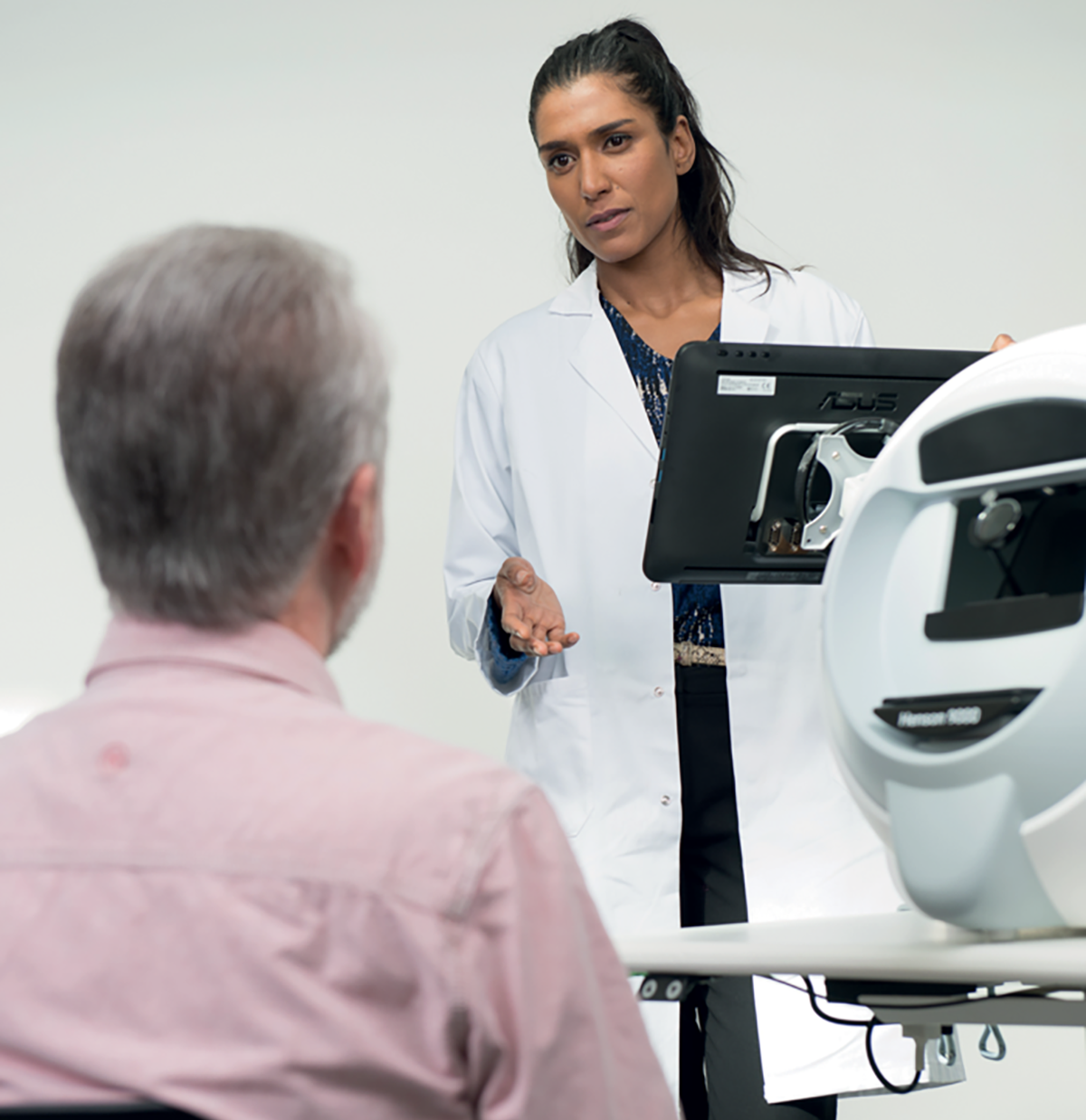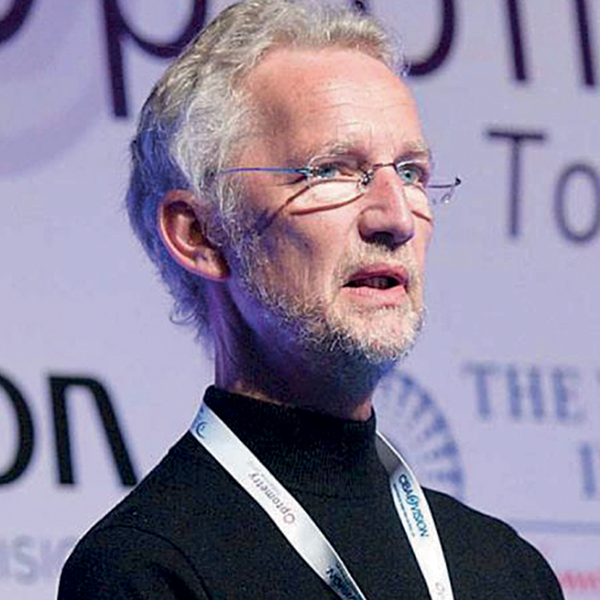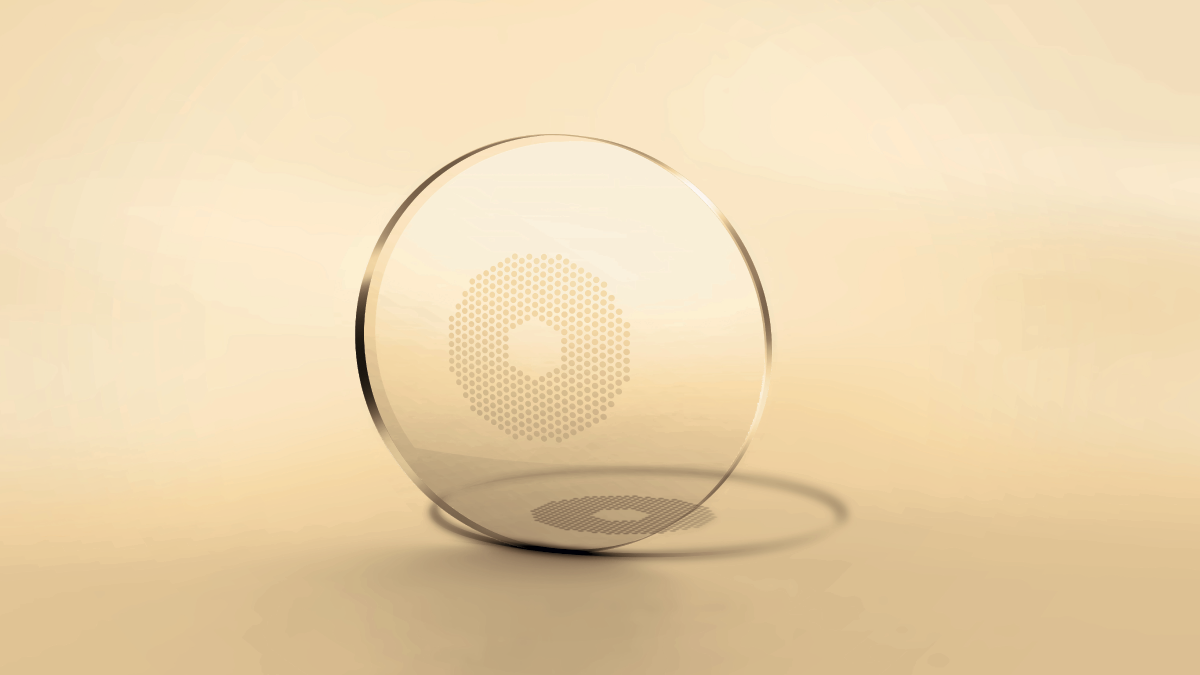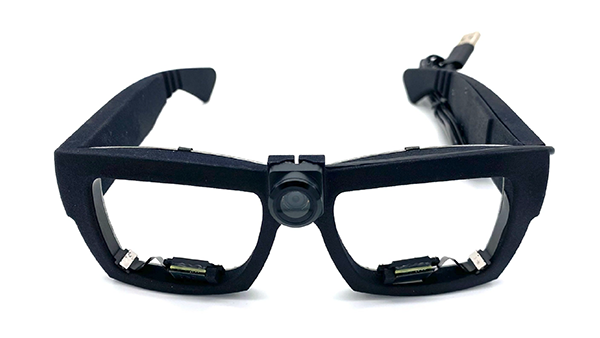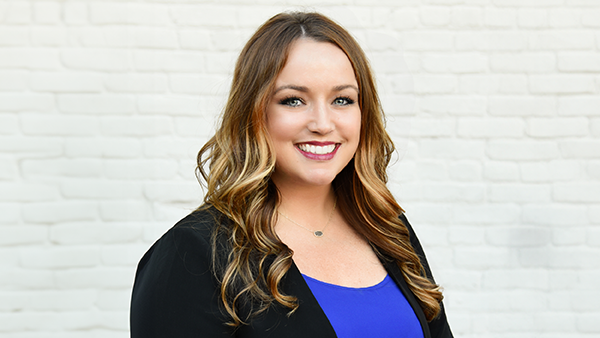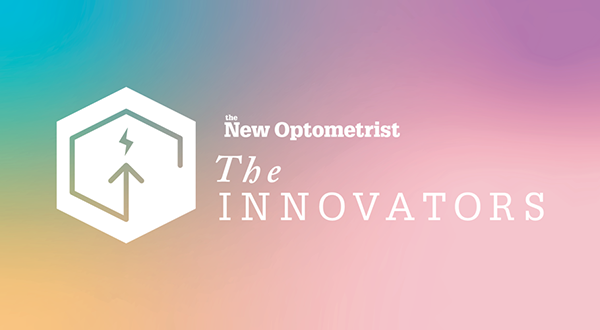Staying Ahead with the Henson 9000
As we approach forty years since its original iteration, the Henson 9000 perimeter – offering innovative testing, a full suite of analytical tools, networking capabilities, and a compact, low maintenance design – still leads the way in visual field analysis.
Almost 40 years ago, David Henson, Emeritus Professor of Ophthalmology and Vision Sciences at the University of Manchester, developed the CFS 2000, the world’s first computerised multiple-stimulus, suprathreshold perimeter. Launched in 1986, the Henson CFS 2000 changed the way in which visual fields were performed. By 1993, the device had evolved into the Henson CFA 4000, which was the first perimeter to allow operators to retest and/or add points during a visual field test for improved specificity. Since 2009, Henson perimeters have featured the Zippy Adaptive Threshold Algorithm (ZATA), the first threshold test that uses prior test data for threshold testing, thereby helping to reduce the overall test time.
The latest iteration of the device, the Henson 9000, features the SmartSupra test. SmartSupra is an 86-point test that can be completed in ~3.5 minutes and uses supra-threshold increments based upon probability limits, providing pattern and total deviation probability map outputs similar to those seen in threshold tests.
In this article, Professor Henson talks to The New Optometrist about the ongoing development of his ground-breaking visual field analyser, and Nicholas Rumney, Honorary Professor of Clinical Optometry at the University of Manchester and Chairman of BBR Optometry, offers an expert practitioner’s view of the device in a clinical setting.
How would you describe the Henson 9000?
Henson: It’s a compact, fully featured perimeter with a fast threshold test called ZATA, which mirrors the 24-2 test that’s used routinely in ophthalmology throughout the world. Where it differs is in offering both the standard threshold test and a very sophisticated supra-threshold test called Smart Supra.
Can you talk about the Smart Supra test feature?
Henson: The clinically important difference between supra-threshold and threshold algorithms is that, within a given time, a supra-threshold algorithm will test more locations while a threshold algorithm will give more information on sensitivity at a reduced number of locations. Time wise the 86 point Smart Supra test is similar to the 24-2 (54 point) threshold test. The Smart Supra test includes 36 locations in the clinically important central 10 degrees versus 12 locations for the widely used 24-2 threshold test. This improves the sensitivity to early defects, which, as recent research has shown, can often be small and thus easily missed with the 24-2 test pattern which presents stimuli on a 6 degree square matrix. A higher density of test locations also improves the ability to detect small changes in the area of loss.
The Smart Supra test also allows the perimetrist to re-test locations should they be suspicious regarding a patient’s responses. The perimetrist can also add new test locations in an area where more information is needed.
The Smart Supra test can also operate in a fully automatic mode, where the patient presses a response key each time they see a stimulus, or in a semi-automated mode where patterns of either 2, 3 or 4 stimuli are presented and the patient verbally responds with the number seen. This mode, which requires continuous input from the perimetrist, is more patient friendly and can often result in good quality data from patients who are unreliable with a fully automated test.
Sometimes the clinician might request a simple rapid screening of the visual field. To meet this need the Smart Supra test is designed to run in 3 stages. Stage 1 presents stimuli at 30 locations optimally located to detect early glaucoma, stage 2 extends the number to 60 locations including those of the 24-2 test while stage 3 (86 test locations) increases the number in the central in the central 10 degrees. A simple key press moves the test onto the next stage. If a defect is detected in the screening stage, then the perimetrist can simply extend the test to the next stage without having to start again or run a separate test.
Focusing on glaucoma, what is the Smart Supra’s particular value in detecting this disease?
Rumney: Glaucoma is not a disease of absolute diagnosis. From the first suspicion to formal diagnosis might take five years. Even if all tests combined (fields, pressure, disc analysis) gave sensitivity of 99 percent and specificity of 99 percent, there would still be a 3:1 false positive referral rate because of the low prevalence of glaucoma (200 in a population of 10,000 over 40s, half of which will already be known).
At the primary-care case finding level, having a rapid multiple-point suprathreshold field test goes a long way to obviating variability and maximizing specificity. By all means, use full threshold when a screening defect is detected or for monitoring, but for that first heightened suspicion, go Smart Supra. Patients find it much easier.
How does the Henson’s ZATA test expand or improve on the standard SITA tests?
Henson: The SITA test was introduced in the 1990s, and it was revolutionary at that time in that it used a new faster threshold algorithm.
While the SITA test was very clever, it contained a lot of elements that made it quite a long test – in excess of five minutes to test one eye. When patients start to lose attention, their pupils begin to oscillate. We reported that this oscillation starts after about three minutes. So, a five-minute test is two minutes too long, you could say. But the ZATA test can typically be completed in as little as 3 minutes per eye – three minutes is a nice target to aim for! Henson operators can load prior ZATA threshold test values from existing patient records, enabling tests to start nearer threshold. This helps reduce false positive responses in the early stages of a test by patients with established loss – thereby also reducing anxiety – and serves to speed up test times."
What would you say is the main benefit of the Henson 9000 to your clinic and your patients?
Rumney: Speed and footprint. It’s easy for the clinical assistant to align, enter, and find existing patient data via a simple interface and the machine is rapid, whether in Smart Supra or the more detailed full-threshold ZATA mode. You just check for refraction, allow the patient to adapt to the screen levels of brightness while completing enrolment in the database, occlude the eye not being tested, then select the test – and off you go. As mentioned, it’s under three minutes for a Smart Supra non-extended screening pass. If any points are missed, you can extend to the next level. Then you complete the test and save the results to the network so that the optometrist can see them – networking is easy and essential.
Can you give an example of how the device has helped you to detect and/or monitor a particular eye condition?
Rumney: I had a case of a patient, a 56-year old male, who – having been myopic and having had LASIK treatment – had unusually artifactually thin corneas, making reliance on tonometry capricious at best. His OCT appeared to show a nerve fiber layer defect and on testing with Smart Supra (Smart Supra Case Study 1 is the print out from the Smart Supra test), he missed a point right in the nasal step area. Subsequent ZATA testing at 24-2 (ZATA 24 Case Study 1 is the printout from the 24-2 ZATA test) was equivocal, but a defect was confirmed after threshold testing with ZATA in the central 10 degrees (ZATA 10 Case Study 1 is the printout from threshold testing with ZATA in the central 10 degrees). He is now on treatment.
How does the Henson 9000 compare with other devices in terms of user-friendliness, practicality, and support issues?
Rumney: The Henson has a much smaller footprint than comparable units. In a practice where space is a premium, that’s a real plus. It’s also very reasonably priced – with what you save against a competitor, you could spend on a more sophisticated or higher specified OCT.
The operating systems have stood the test of time and will be instantly recognizable to those who remember the original CFS 2000. It remains the only field analyser with a sensitivity/specificity-derived suprathreshold screening program that is designed to be multiple stimulus presentation adaptable to single- and extended-range mid test. A normal pass takes less than 45 seconds, but if points are missed the test can be extended and does not need to be completed and restarted.
The Henson is easily networked and files can be attached as images to the practice management clinical record. Maintenance is simple.
Training and understanding is simple as the boot-up and test selection is easier. UK optometrists are quite familiar with the statistical benefits of suprathreshold screening. But the screening field plot available in rival units is simply not up to the job!
Henson: The Henson software operates within the Microsoft Windows environment and can be installed on almost any Windows compatible computer. The perimeter is then controlled through a USB port connecting the computer to the perimeter. This offers 2 advantages, first, the size and positioning of the computer is flexible. It does not require the operator to be positioned on one side, or in fact any side, of the perimeter which can present problems when trying to fit the perimeter in a relatively small space. Second, the software can be installed on computers that are not attached to the perimeter, say in a second office, where the database of results can be easily viewed. There is no limit or cost involved in installing the software on additional computers. As far as maintenance is concerned, if your computer goes down you can simply attach another computer and download the Henson software – and you’re up and running again!
Another advantage of the Henson is that it is entirely solid state, with the exception of the chin rest and response button. The stimuli are LEDs embedded within the bowl behind a diffusing surface. There is no projection system with mechanically complex components. The life expectancy of the LEDs far exceeds that of most clinicians and their light output is remarkably constant and precisely controlled via electronic circuitry. For these reasons there is no need for regular, and expensive, maintenance/calibration visits.
Not all products, services or offers are approved or offered in every market, and products vary from one country to another. Contact your local distributor for country-specific information and availability.
The New Optometrist Newsletter
Permission Statement
By opting-in, you agree to receive email communications from The New Optometrist. You will stay up-to-date with optometry content, news, events and sponsors information.
You can view our privacy policy here
Most Popular
Sign up to The New Optometrist Updates
Permission Statement
By opting-in, you agree to receive email communications from The New Optometrist. You will stay up-to-date with optometry content, news, events and sponsors information.
You can view our privacy policy here
Sign up to The New Optometrist Updates
Permission Statement
By opting-in, you agree to receive email communications from The New Optometrist. You will stay up-to-date with optometry content, news, events and sponsors information.
You can view our privacy policy here
